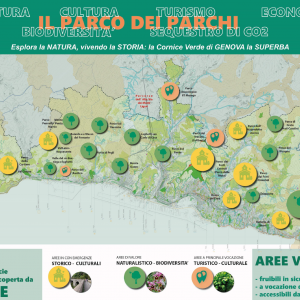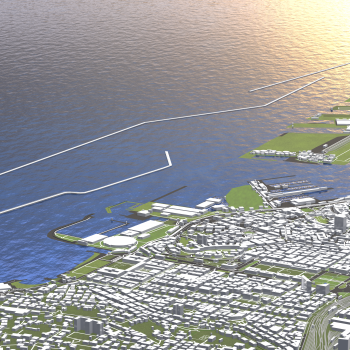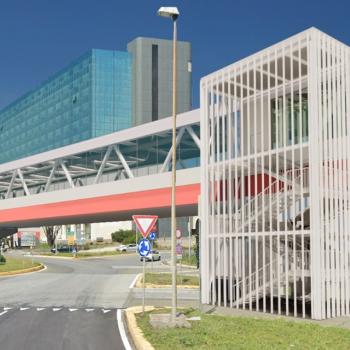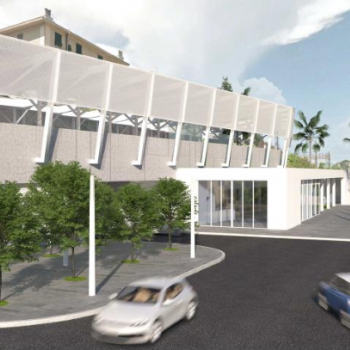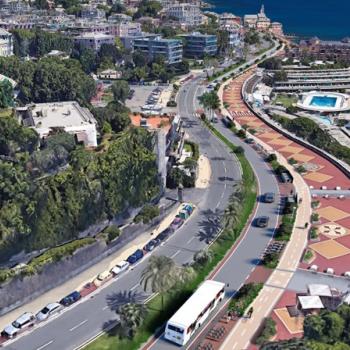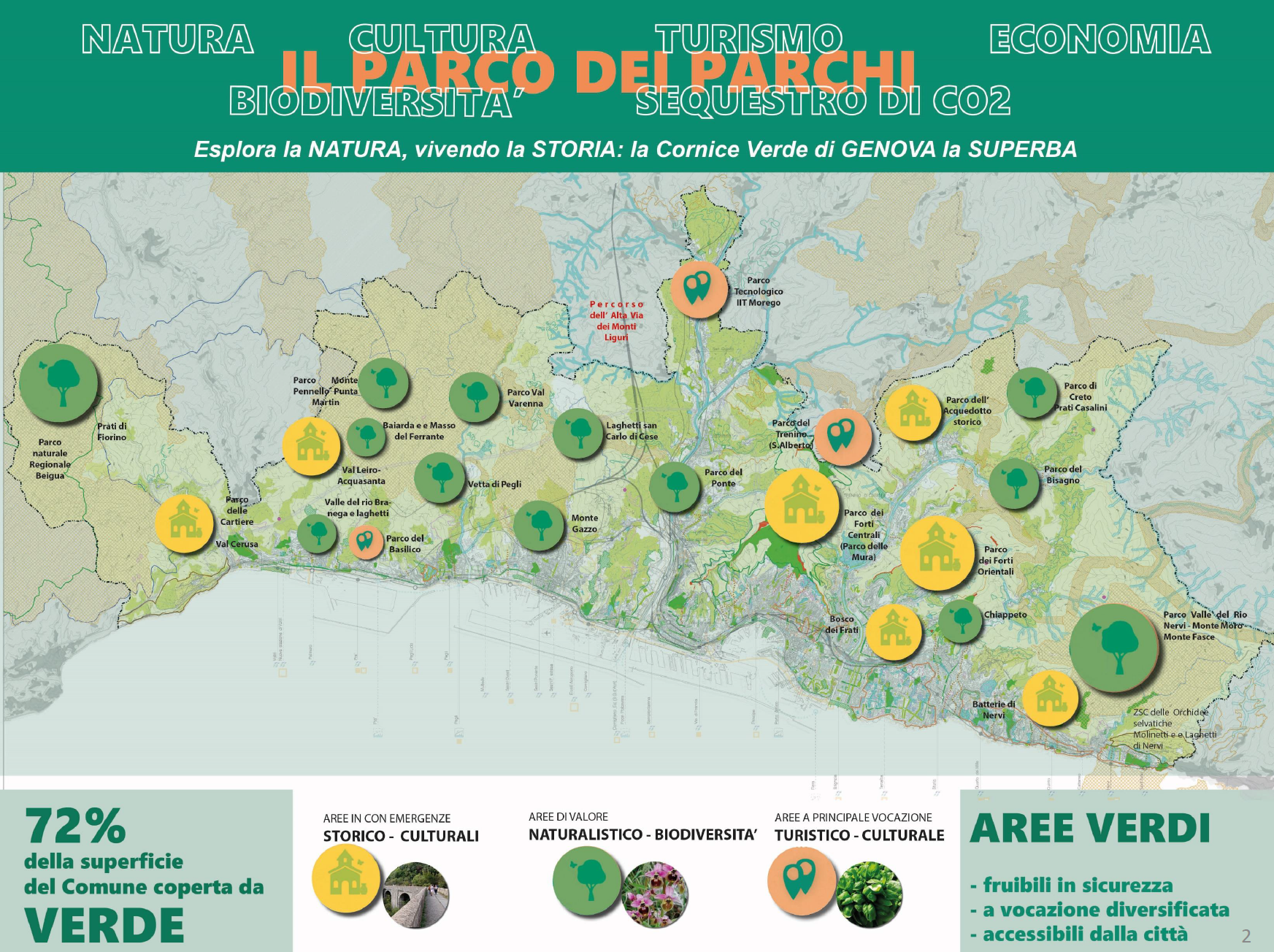
- 27 Jan, 2025
- Urban Regeneration
The Green Plan of the city of Genova is an ambitious project aimed at guiding the regeneration of public spaces and promoting climate change mitigation and adaptation. Through interventions designed to enhance livability, sustainability, comfort, quality, inclusivity, safety, and the usability of urban areas, the Plan places public areas at its core, recognizing them as strategic resources for collective well-being.
A key objective is the protection and enhancement of the landscape and the environment, seen not only as natural elements to preserve but also as drivers of social and economic development. The Green Plan represents a turning point in managing the city's assets, envisioning the “Park of Parks” as a symbol of a new paradigm of participatory urban transformation. For the first time, urban greenery is considered a single interconnected system, a shared heritage to protect, enhance, and expand, transforming Genova into a more sustainable, resilient, and forward-looking city.
In a densely populated city historically developed vertically, the plan focuses on redeveloping existing green areas and creating new parks and gardens, with particular attention to the most inhabited zones. Every available space will be used for soil de-impermeabilization and tree planting, contributing to a tangible perception of a green and sustainable city.
Adaptation, Mitigation, and Safety
The plan addresses three key components:
- GREEN
Increasing greenery to improve air quality, regulate temperature and acoustic comfort, enhance thermal and psychological well-being, and boost biodiversity. - SOIL
Improving soil by optimizing and enhancing pedestrian spaces, promoting permeable, photocatalytic, and light-colored pavements, and incorporating phytotechnologies. - WATER
Managing intense rainfall events, collecting and reusing rainwater through rain gardens, reservoirs, and storage tanks, for irrigation, sanitation, and fire safety purposes, including the use of oil separators.
These measures yield significant benefits for:
- AIR
Improved air quality through pollutant absorption by vegetation and the promotion of pedestrian and cycling pathways. - FIRE
Reduced fire risk through rainwater and runoff collection for firefighting purposes and fire safety networks, reforestation with resilient species.
These interventions not only enhance the city's resilience but also create social gathering places to combat isolation and promote citizens' well-being.
An Integrated Strategy
The Green Plan is part of a broader vision for green urban regeneration, which includes:
- Halting soil consumption and preventing space wastage.
- Creating green infrastructure and accessible pedestrian areas (design for all).
- Redeveloping public spaces and expanding bike lanes.
- Adopting "positive energy" models for a more efficient and sustainable city.
Urban Parks
Behind Genova’s urbanized areas, green slopes with natural vegetation, forests, meadows, and ancient trails cover approximately 35% of the non-urbanized territory. The Green Plan aims to transform these areas into parks of historical, naturalistic, and environmental value, integrating them into a system stretching from the Beigua Regional Park in the west to the Monte Moro and Monte Fasce Parks in the east.
From Project to Implementation
The Plan includes training for designers and integration with the city's planning documents, alongside initiatives to promote its content and encourage public participation. One notable initiative is Tactical Urbanism, a participatory process that involves citizens in the creation of public spaces.
The approach emphasizes multifunctionality and adaptability to meet the specific needs of the territory, positioning Genova as a model of urban sustainability

